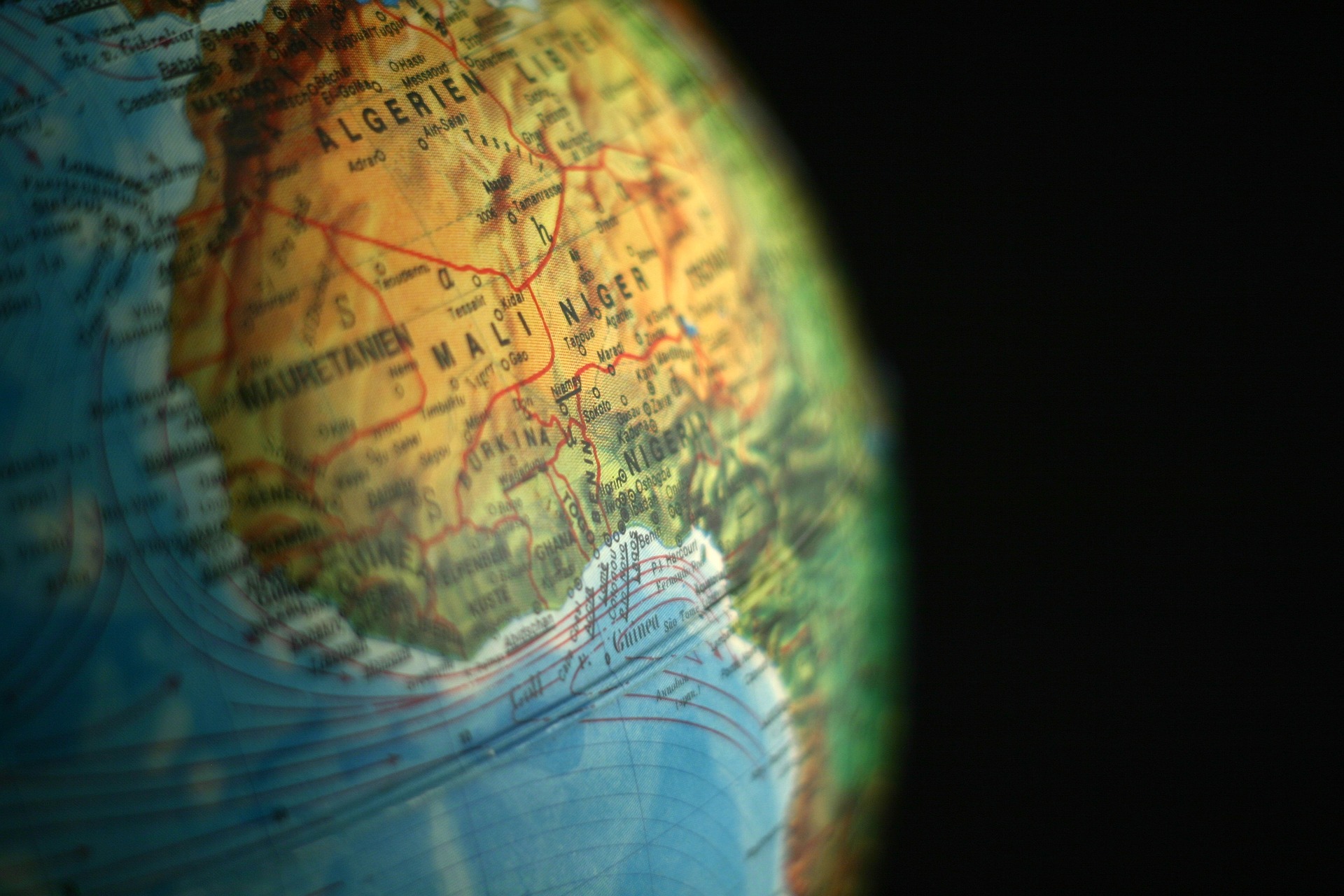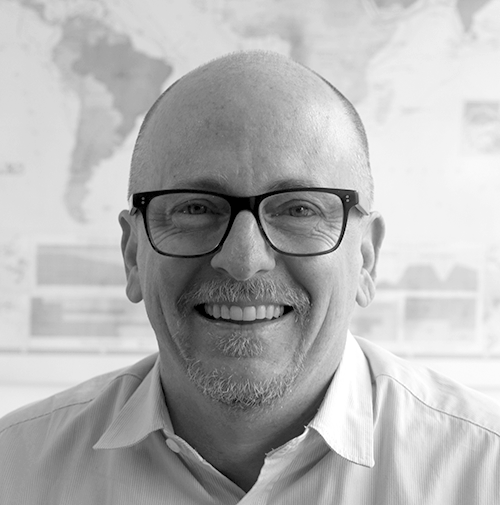For the Internet Society (ISOC), the goal is 80/20 by 2020 in Africa.
Eighty percent local traffic, twenty percent expensive transit to Europe, that is. The ISOC is aiming to promote the creation and exchange of more local traffic, cutting out the expensive transit. This was one of the big messages from the ISOC’s African Peering and Interconnection Forum (AfPIF), which took place earlier this month in Tanzania.
After getting a debrief on AfPIF from TeleGeography's Senior Analyst Patrick Christian - and a crash course on the state of the Internet in Africa - I couldn’t help but think more about this 80/20 vision.
Some background: capacity in Sub-Saharan Africa is low, with few data centers to connect users to the content they desire quickly and effectively. Content providers in Africa generally host their content abroad because the cost to do so is lower. Much lower. However, this content must still be delivered to Africa using international Internet transit links, which bear a hefty price tag.
The process of routing traffic through Europe puts more costs on Internet service providers. And, in general, waiting for content to come from Europe takes longer than it would coming from a local data center. Because of this, content delivery is subsequently slower for the end user.
The impact of this system? When latency is through the roof because traffic is coming from Europe, users won’t rely on the Internet as much as those with low latency do.
Think of it this way: a local business is far less likely to create a website to promote themselves if their neighborhood doesn't rely on the Internet for information-gathering. And this is the case for many in Africa; the Internet is not an expedient enough way to work.
Conversation at this year’s AfPIF was about changing that – and the proposed solution is all about not only producing content locally, but hosting it there, as well.
When latency is through the roof because traffic is being routed from Europe, users won’t rely on the Internet as much.
The ISOC wants to see more African countries build Internet exchanges and begin exchanging traffic. (This is actually what the ISOC does - they help get countries started exchanging locally.)
Here’s the cool part – as more people use local exchanges, the better those exchanges will become.
How? The first step is caching. While traffic might still need to initially route to Europe when a user wants to visit a webpage, listen to a podcast, or watch a video, thanks to resources like the Google Global Cache and the Akamai cluster, once a user has loaded content, it then becomes locally available via the cache. This means other users won’t experience the latency the original user did. Videos become watchable. Pictures perusable. And information, by and large, more accessible.
Videos become watchable. Pictures perusable. And information, by and large, more accessible.
Long-term, caching will be joined by more data centers and locally-hosted content. These pieces together will form a stronger, more reliable Internet ecosystem that cuts down on the latency currently experienced across the continent.
Will the ISOC's 80/20 by 2020 become a reality? In a continent as large as Africa, it's hard to say for sure. What we can count on is a growing presence of locally produced and hosted content - and beyond that - new potential for users to rely on (and leverage) Internet in Africa.
Patrick Christian
Patrick Christian is a Senior Research Manager with TeleGeography. He heads the Cloud and WAN Research Service. He also focuses on African and European markets specializing in international bandwidth markets and internet infrastructure, WAN services, terrestrial and submarine cable systems, and international voice traffic analysis.


